|
Last night,
I stayed at Bonnie’s new apartment for some quality time. Today, Teresa
gave us the options of either going to The Franklin Institute Science
Museum or Valley Forge. The Franklin Institute, located in downtown
Philadelphia, is a museum that serves to inspire passion for technology
and learning, in the spirit of inquiry and discovery as exemplified by
Benjamin Franklin. Valley Forge conveys the story of the encampment of
the American Continental Army as they retreated to pass the winter of
1777 to 1778 in between battles of the American Revolutionary War. Our
originally intended destination was the Franklin Institute. I was up
early and ready to go. But Teresa did not come back to Pottstown until
1:00 pm or so. By this time it was a bit late to make the hour or so
drive to Philadelphia and yet have time to take in the museum. Instead,
we drove to Valley Forge, PA, which was just short of a half hour drive.
The United States was just over a year old when George
Washington
and his army started to look for a place to retreat for the winter of
1777 to 1778. The historical record tells us that this time was the
beginning of the most tragic period in American history. Battles had
been lost. The British were in control of Philadelphia. Congress was
forced to retreat to safer ground. Conspirators were attempting to
overthrow Washington. Much of the population was lukewarm concerning
the causes of the Revolutionary War. Such was the setting in America as
Washington was looking for a place to camp.
Out of several locations that were proposed, Washington
chose Valley
Forge, which he felt was the most secure location. The area was close
enough to the British to keep them out of the interior of Pennsylvania,
yet far enough away to virtually eliminate the threat of a surprise
attack from the British. On December 18, 1777, Washington directed his
men to set up camp.
“The Colonels, or commanding officers of regiments, with
their
Captains, are immediately to cause their men to be divided into squads
of twelve, and see that each squad have their proportion of tools, and
set about a hut for themselves: And as an encouragement to industry and
art, the General promises to reward the party in each regiment, which
finishes their hut in the quickest, and most workmanlike manner, with
twelve dollars.”- General Orders by George Washington, Head Quarters,
at the Gulph, December 18, 1777
So Washington and his men hunkered down in their camp
for the
winter. Due to inefficiencies, supplies of food, clothing and supplies
for the army were reduced to almost nothing. Because of this, soldiers
lacked necessary clothing and meals. Near starvation was experienced by
the army. Soldiers were in danger of freezing to death due to lack of
clothing and some had limbs amputated due to frostbite. Women,
relatives of the men, provided services such as laundry and nursing.
The army was ravaged by disease due to this lack of food and clothing
and living in cramped quarters. The suffering was so intense that even
today, the American public can’t help but empathize with those soldiers
when contemplating this story.
Three months of hard winter were followed by three
months of
abundance. Military efficiencies, morale and discipline were upgraded.
A new and refreshed army was born. Fighting capabilities improved to
the point that they became capable of beating the British in open
battle. Although the war would last another five years, a victory of
will had been won. There is a lesson in this story for us today. No
matter how dark and dreary our lives can get at times, there is real
hope that our lives can turn around to be bright and upbeat.
Today, Valley Forge exists in the forms of a village and
a national
historical park. Teresa, Nathan and I paid a visit to the park and
contemplated all that had happened. We saw the cabins that the soldiers
called home and felt the hard wooden beds where the soldiers slept. We
saw cooking facilities, cannons that stood guard at the camp, monuments
and names of soldiers that camped there. I saw a list of soldier names
from Massachusetts and wondered which of my ancestors actively
participated in the war. Young Nathan found all of this fascinating and
took pictures, reminding me of when I was his age and learning to use
my camera. We saw many deer as we walked the fields that the soldiers
walked. After this, we drove back to Pottstown to share in another
dinner.
|


"Naked
and starving as they are we cannot enough admire the
incomparable patience and fidelity of the soldiery."
General George
Washington at Valley Forge
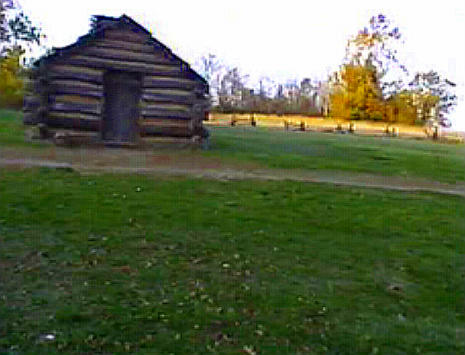
Soldiers' living quarters
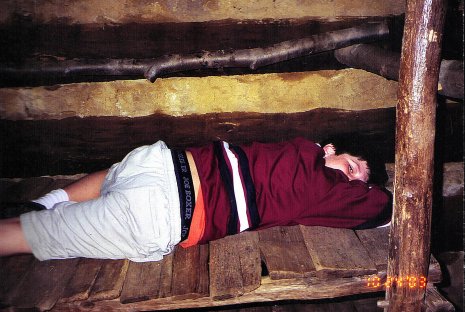
Nathan sleeping in soldiers' living quarters
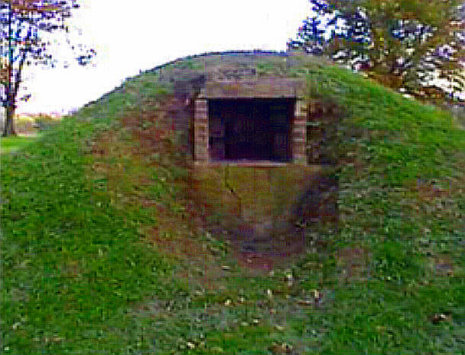
Soldiers'
cooking facilities
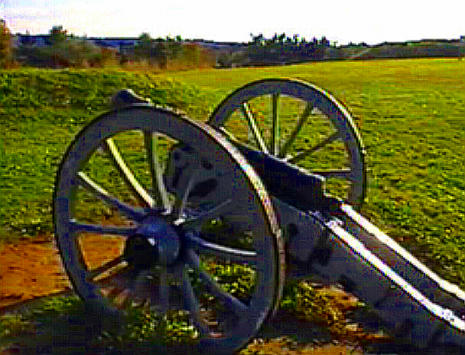
Valley Forge cannon
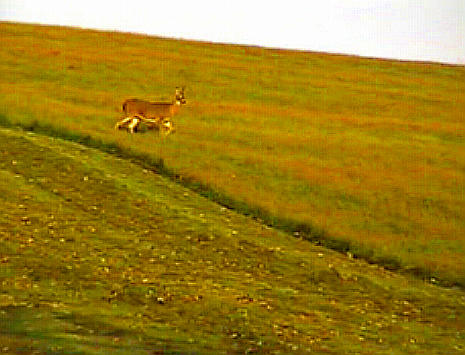
Valley Forge Wildlife
|
 Chapter
9: A fresh start in a new home for Bonnie and family
Chapter
9: A fresh start in a new home for Bonnie and family
